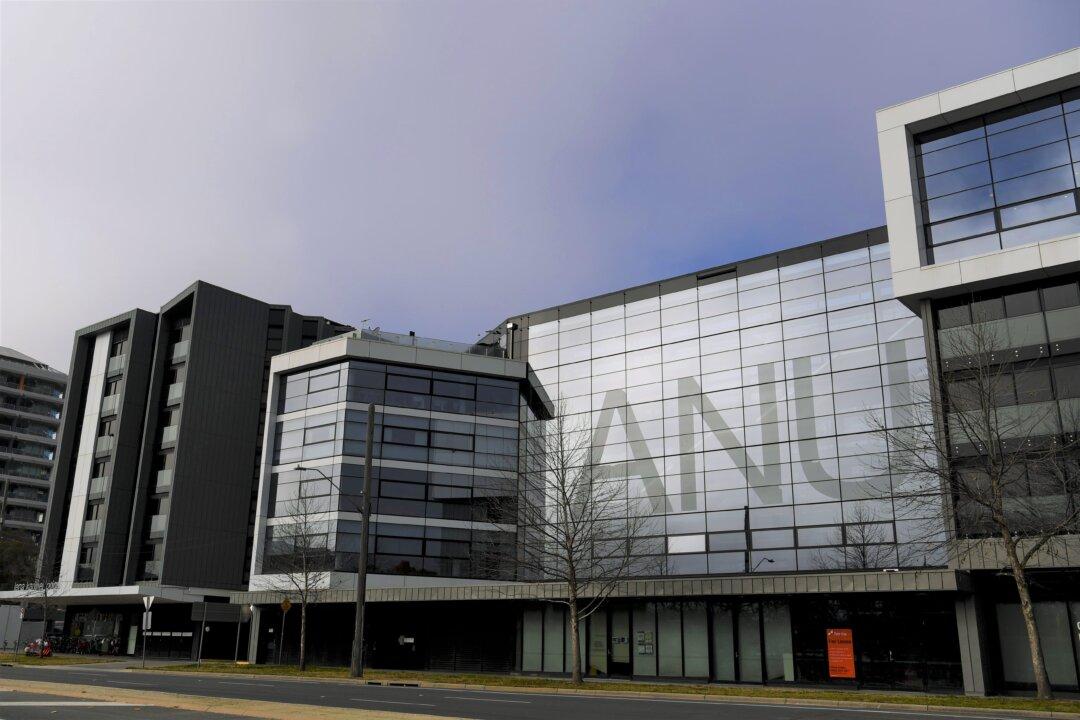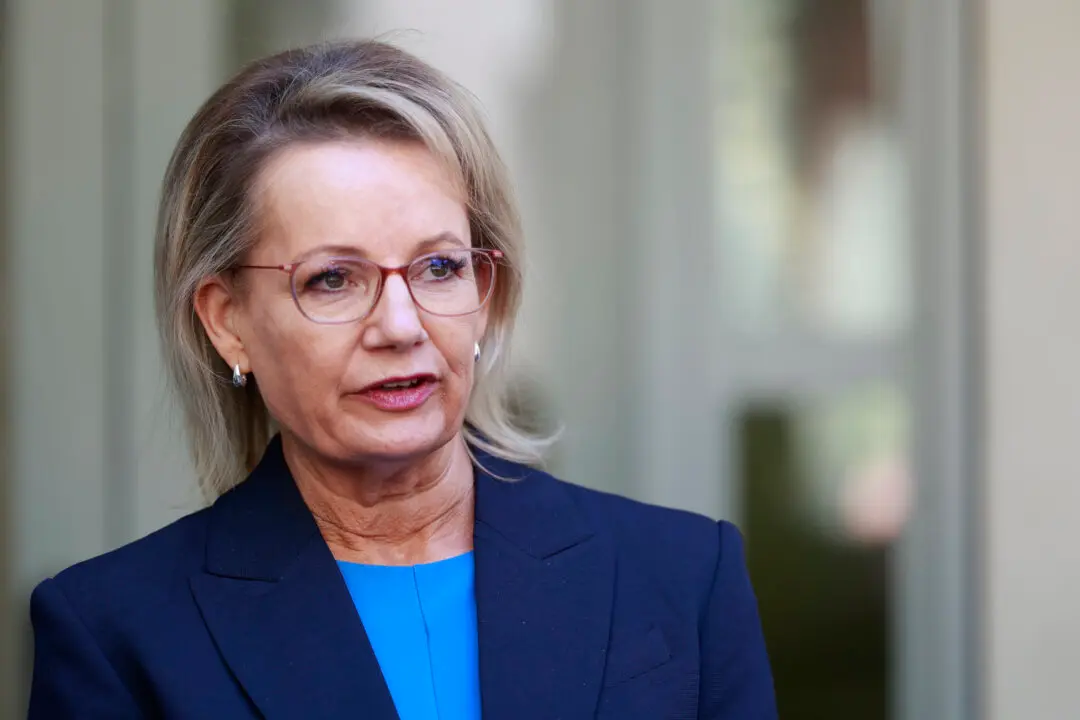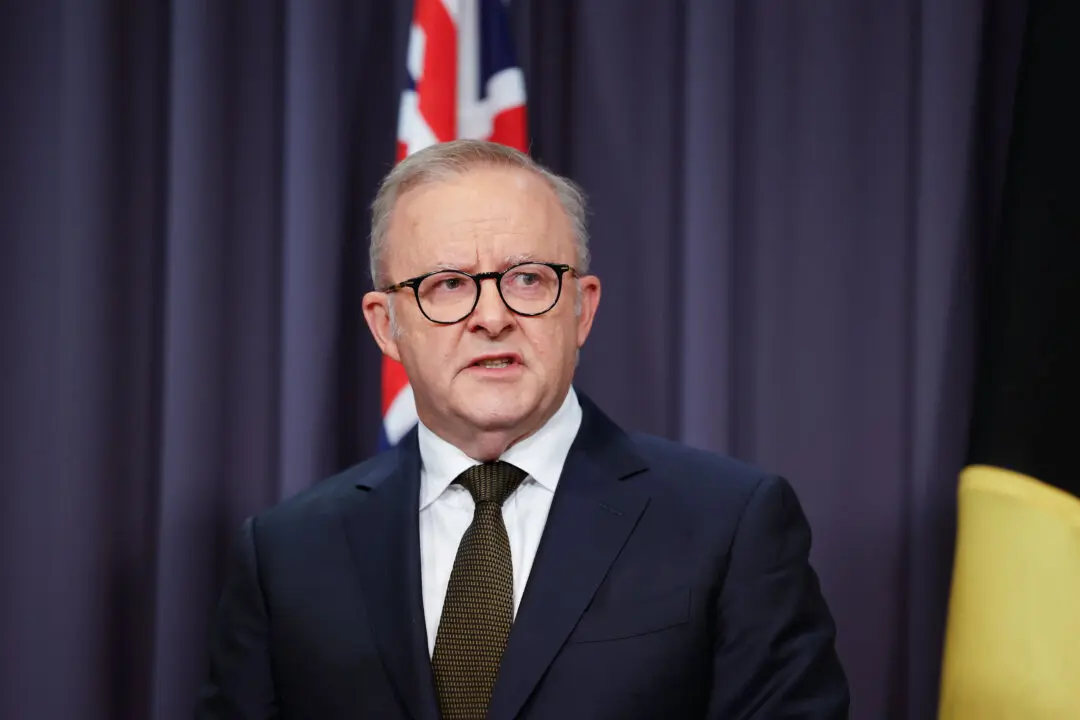The new international student intake will be capped at 270,000 for the calendar year 2025, according to a government release issued on Aug. 27.
“Subject to the passage of legislation before Parliament, it will set a National Planning Level (NPL) for new international student commencements of 270,000 for the calendar year 2025,” Education Minister Jason Clare said in a joint statement.





